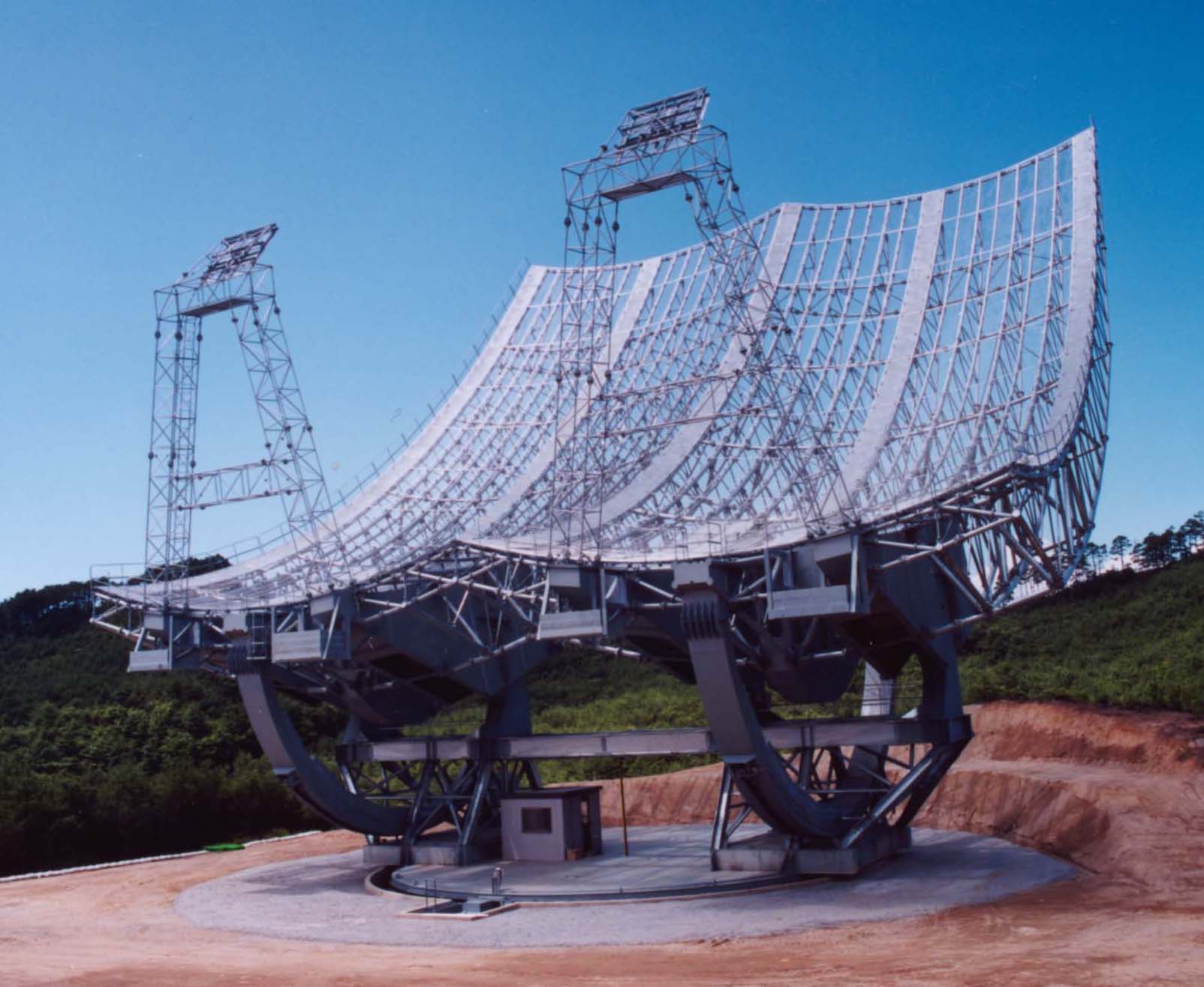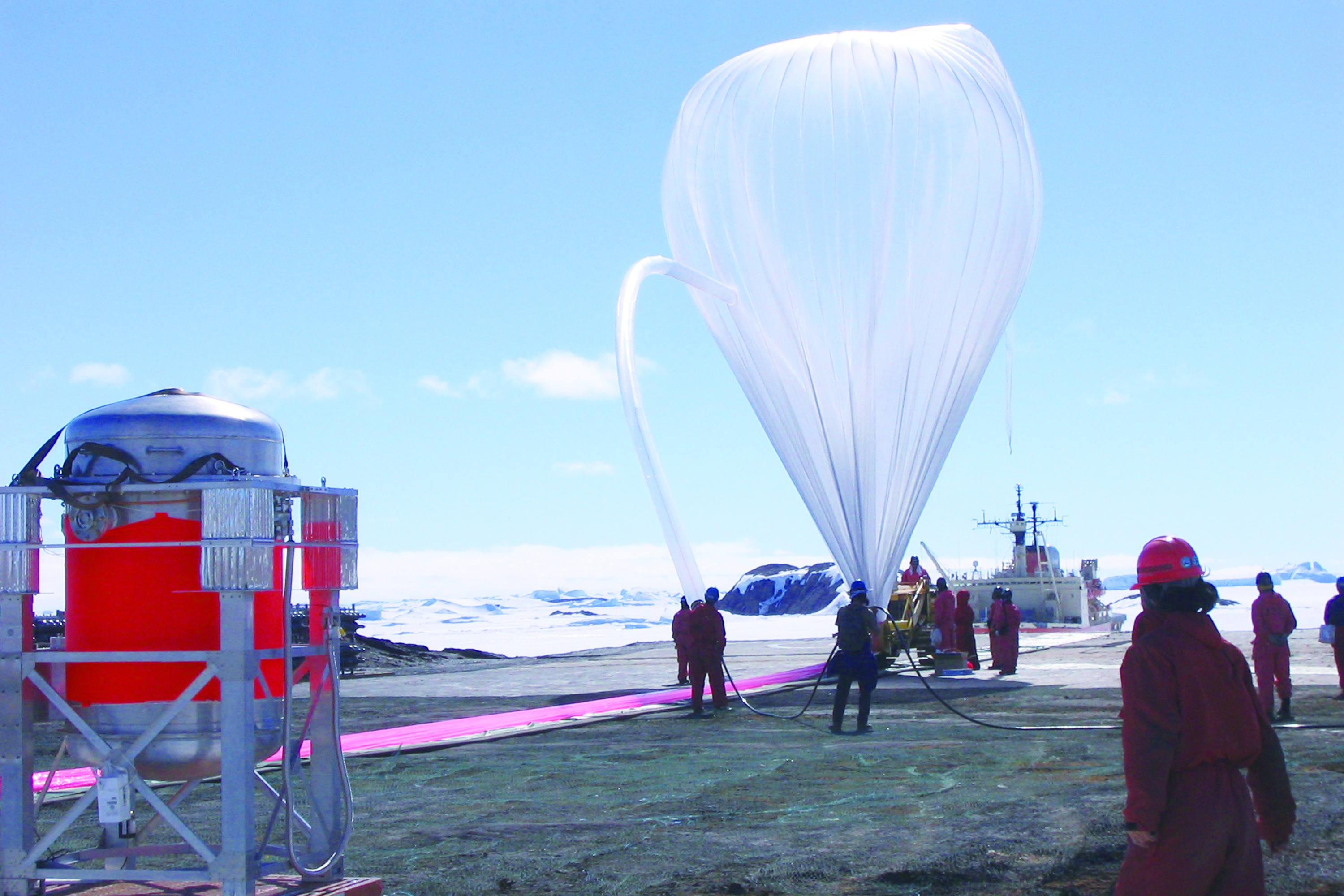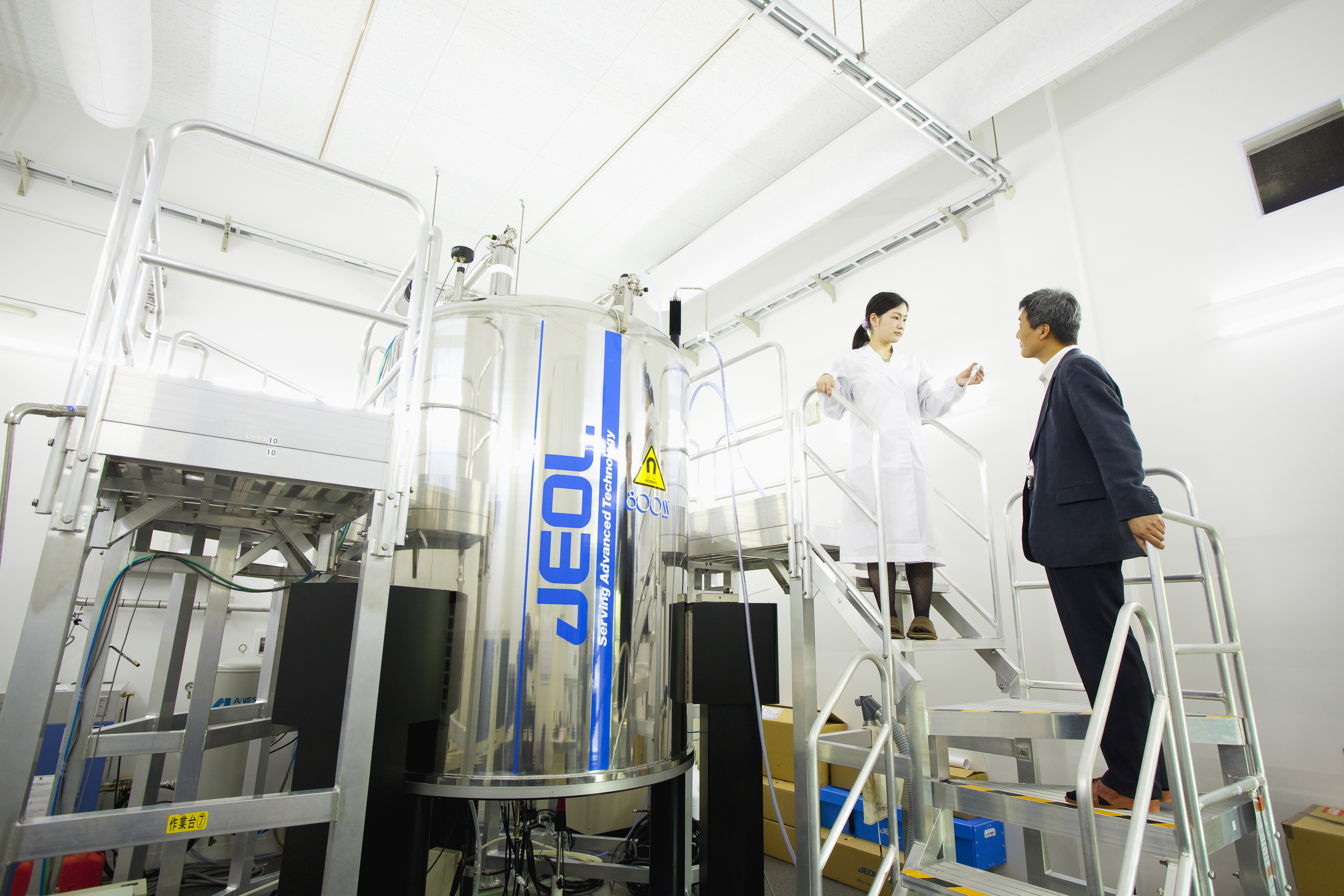Research
Research Center for Prediction of Earthquakes and Volcanic Eruptions
Our center was newly established in 1997 and it originated from the historic Mukaiyama Observatory founded in 1912. We are promoting various researches relating to the generation processes of earthquakes and volcanic eruptions as well as the dynamics in plate subduction zones. More than 60 observation stations operated by the center are widely distributed in the Tohoku district to provide invaluable data not only for prediction studies but also for fundamental studies in geophysics. We are conducting internationally collaborative research with experts from all over the world and aiming to become one of the most comprehensive centers of study on the plate subduction zone.
Planetary Plasma and Atmospheric Research Center (PPARC)

Our principal aim at the Planetary Plasma and Atmospheric Research Center (PPARC) is to investigate the little known world of planets by sensing the atmospheres and plasma surrounding planets from the Earth using radio and optical techniques. Research on the physical processes governing various phenomena related to the planets will be a major part of basic sciences well into the 21st century. Such studies will also shed light on an understanding of our own planet, Earth. The formation and environment of planets is studied by investigating the physics of phenomena on planetary atmospheres and plasma. This research is based on our own observations of planets employing radio and optical methods, analysis of planetary mission data, as well as modeling and simulation using these data.
Center for Atmospheric and Oceanic Studies (CAOS)

The Center is composed of the Atmospheric Trace Gas Laboratory, the Radiation and Climate Physics Laboratory, the Satellite Oceanography Laboratory, and the Atmosphere-Ocean Exchange Laboratory. The vision and mandate of the Center are to advance the scientific understanding of climate change and variations in the global atmosphere and oceans caused by anthropogenic and natural processes. To achieve the research objectives of the Center, we conduct extensive measurements of greenhouse gases, analyses of polar ice cores, numerical simulations of global cycles of greenhouse gases, and observations of radiative properties of aerosols, clouds, and water vapor, using passive and active sensors and satellites to assess their effects on climate. We also conduct analyses of air-sea interactions, regional oceanic circulation, and bio-geophysical interactions using a variety of satellite data and numerical simulations.
Research and Analytical Center for Giant Molecules

The Research and Analytical Center for Giant Molecules consists of two sections for analytical and experimental research. The analytical section has the latest highperformance instruments for elemental, mass spectrometric (MS), nuclear magnetic resonance (NMR), X-ray crystal structure, and plasma atomic emission (ICP) analyses. These instruments play an important role in determining the structures of small and giant molecules in research on fundamental and applied sciences. The experimental research section investigates the development of new chemical reactions including organic and organometallic catalysts, and their application to the synthesis of new materials and biologically active natural products.
Museum of Natural History
The Tohoku University has been ticking over ninety years, accumulating specimens which had been collected for research or purchased for education. Now specimens amount to over 2 millions. More than one thousand examples of them are exhibited, which includes fossils of every geologic period, rocks and minerals from the world, and topographic maps of mainly Asia. Our museum is characterized by possessing background research works for a long time, so it is proud the sufficient quantity and also quality.
Human beings have built up a highly civilized society. On the other hand they have been having a great influence on the earth environment. The highly developed technologies change the circumstances not only in nature and in comunication, but also in moral. This is relating to the fact of decrease in the natural. The sensitivity human must have, would raise up just in nature. Moreover interest and curiosity for nature is a primitive step toward natural science. Recently the people are apt to be indifferent to nature. We should understand the past time's earth environment to look at the future's. We should live with the natural, however the civilization had much more developed. We shall be happy that a lot of people came to our museum and took an opportunity to increase one's interest in nature.




